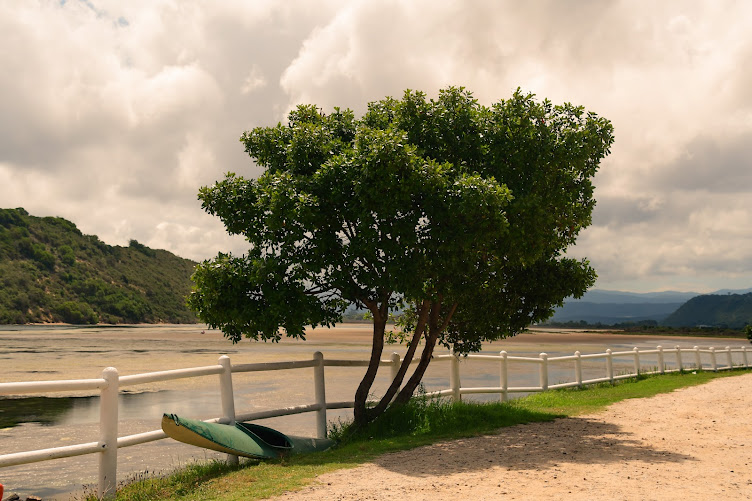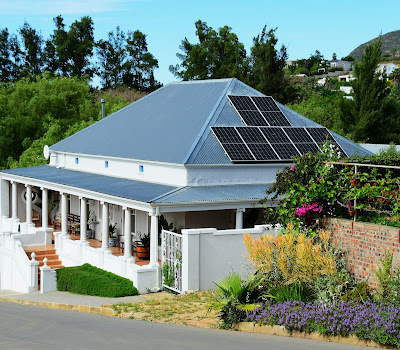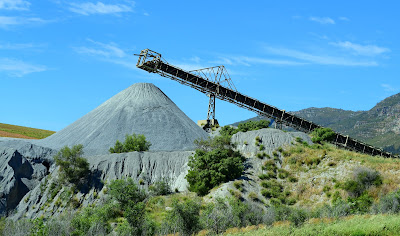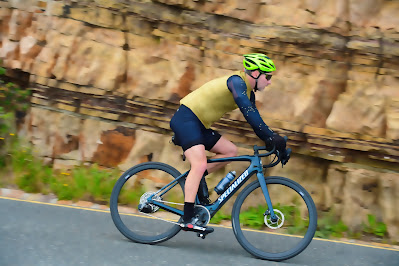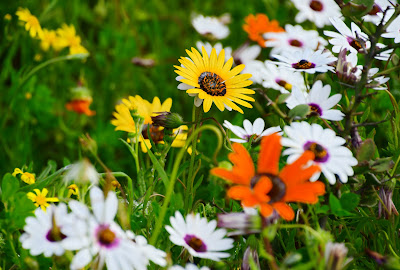 |
| Villajoyosa Spain |
A another beautiful town on the Costa Blanca is called Villajoyosa. It is a much quieter town than the famous or infamous town of Benidorm which is approx. 10 km km away.
 |
| Villajoyosa Spain |
The meaning of the name is "Joyfull" and one can see why. The houses are all beautifully painted in soothing pastels and the more vibrant darker shades. With pavement cafes lining the beachfront, it exudes a peaceful vibe with possibly a more vibrant buzz during the peak summer months. Local refer to their town as "La Vila"
 |
| Villajoyosa Spain |
Villajoyosa boasts a number of beautiful beaches so there is a beach here for everybody.
The Main beach is called Playa la Villsjoyosa and offers a huge beach with the stunning backdrop of colourful houses, clear seas, palm trees and white sand.
Unfortunately, we did not have enough time to explore all the beaches in this area.
It would be well worth a few days here to truly enjoy the summer vibe and the cool, clear waters/
The following information below re the beaches is from:
www.servigroup.com
https://www.servigroup.com/en/things-to-do-in/villajoyosa/beaches/
Contact them for accommodation in the Villajoyosa
FOR NATURE LOVERS
Cala
Fonda
This is a small
bay located to the north of Villajoyosa notable for its cliffs. It is mostly
rocky and consequently uncrowded.
Access is
difficult but worth the effort to enjoy the lovely scenery and exuberant
vegetation, perfect to explore the spectacular views or practice naturism as it
is isolated from other beaches.
PINES EMERGING FROM THE SEA
Racó
Conill
Surrounded by a
virgin forest, turquoise waters and incredible views, Racó Conill is a
secluded, intimate 160 metre-long beach recognised as one of Villajoyosa's
naturist beaches.
Access is by a
road in good condition that starts from the old Villajoyosa Casino and leads to
a small parking lot. From there, well-constructed walkways will take you to the
beach.
EUCALYPTUS TREES AND CRYSTALLINE WATERS
Playa
el torres
El Torres beach
is a 560 metre-long rustic beach consisting mainly of gravel that is not
usually crowded. Its surroundings, near the El Torres camping ground, are
semi-urban. It has a snack bar and a small parking area.
FOR MANY PEOPLE IT IS THEIR BEST SECRET
Playa
del Tío Roig
This beach,
which forms the coast north of the town of La Vila next to the Los Estudiantes
beach, is 160 metres long.
It is not
usually crowded. It is a secluded beach with a boardwalk and is accessible by
car or on foot, but is composed of stones and boulders so caution is advised.
FOR THOSE OF US WHO LIKE STONE COVES
Playa
de los Estudiantes
Los Estudiantes
beach (also known as Playa Varadero as it was formerly the beaching area for
boats) is near the fishing port and is composed of alternating gravel and
boulders.
Its main feature
is that it is located in a semi-urban area and is easily accessible on foot. It
is 140 metres long and provides services such as a snack bar, toilets and
rubbish bins in a very relaxed, friendly atmosphere. there is also a short path
to the harbour and nearby parking area
THE TYPICAL BEACH
Playa
del Centro
This is
Villajoyosa's most extensive beach. A blue-flag beach of fine golden sand, it
is 1,830 metres in length.
It is provided
with all the facilities one would expect in a first-class beach such as foot
washing stations, snack bar, pedal-boat rentals, children's playgrounds and
facilities for sports such as beach volleyball (nets) and beach football
(goals).
There are also
several points of interest in the surrounding area such as the marina, a
palm-lined promenade next to the beach, bars, cafés and restaurants and various
car parks.
In the high
summer season there are also Accessible Beach facilities for people with
disabilities at the end known as Basseta de L’Oli, nearest the port.
It is the ideal
place to spend the day with the family and the mild climate means that it can
be enjoyed all year round.
TAKE A BREAK A FEW STEPS FROM THE CITY
Cala
Mallaeta
Located between
Playa del Centro and Playa del Paraíso and surrounded by spectacular cliffs,
this bay is some distance from the town and is only accessible on foot. It is
peaceful, uncrowded and mainly composed of rocks and boulders.
Because of its
location and the nature of the surroundings it is considered a natural beach
and has no services.
IT SHOWS OFF ITS NAME
Playa
del Paraíso
The aptly named
1 km-long Playa del Paraíso is a natural area composed of sand and stone.
In summer it is
relatively quiet, with only moderate numbers of users. It is located in a
semi-urban environment with the presence of numerous palms. Its isolated
location makes it perfect for a quiet swim.
Its main
services include a snack bar, free parking in the surrounding area, sun-bed and
parasol rental, foot washing stations, lifeguards and a pedestrian and cycle
path.
BOHEMIAN SPIRIT FROM SUNRISE TO SUNSET
Playa
del Bol Nou
Bol Nou beach is
in an unspoilt cove of great charm and crystal clear waters located in a small
bay between two rocky outcrops.
The sea is calm
and sheltered most of the year and the gravel and sand beach stretches 237 metres
at the head of the bay.
It is located to
the south of the town near the Montíboli housing estate. There is no promenade
but the surrounding area offers numerous on-street parking places.
It is a
blue-flag beach with foot washing stations, lifeguard service and snack bar.
A CORNER TO GET LOST
Playa
del Esparrelló
Tucked between
the cliffs bordering one of the most famous luxury hotels in the area, the
Esparrelló beach is a discrete cove accessed along a path located near a
housing estate. Its air of exclusivity makes it one of the most highly
considered naturist beaches of the entire Costa Blanca.
THE LIGHT OF THE MEDITERRANEAN
Playa
de la Caleta
La Caleta is a
small beach (139 metres long) located near a well-known hotel and can be
accessed along a short path located behind the building.
It is composed
of boulders, so appropriate footwear is recommended.
The surrounding
low cliffs provide shady areas in the early afternoon and invite the visitor to
enjoy a relaxing swim in the deep blue waters.
SCENE OF PIRATE AND PRIVATEER BATTLES
Playa
del Xarco
This small cove
with difficult access is one of the treasures of Villajoyosa. Located in a
natural setting it is dominated by seventeenth-century defensive tower called
Torre del Xarco and exudes a special magic thanks to its location.
It is 216 metres
long, uncrowded and especially peaceful.
Wandering in the Old Town was such fun, exploring narrow streets, gazing upon all the vibrant colours, people watching at pavement cafes, the historic city walls and the innovative art works depicting the colourful houses.
 |
Villajoyosa Spain
|
 |
| Villajoyosa Spain |
 |
| Villajoyosa Spain |
Besides all the Spanish food available Villajoyosa is also famous for it's chocolate making. The best known is Valor. Free tours are available and this business was founded in 1881 and has seen 5 generations of folk at the helm in carrying on this wonderful tradition. For the chocoholics, a tour here is a must.
https://www.valor.es/museo-del-chocolate/
So, while most of us visit for the beaches, there is more to enjoy and explore in this joyful town
A combination of chocolate, amazing Mediterranean beaches, the incredible palette of architecture, historic walls and cheerful cafes make this fishing village a must do on any traveller's bucket list.
Although Villajoyosa supposedly has great weather for most of the year, the rain suddenly came down so we had to dash for the car and head back to Calpe in a hectic thunderstorm and torrential rain. Thankfully, the local drivers put on their hazards, drove slowly and very carefully until the rain eased off in Calpe.
 |
| Villajoyosa Spain |
For Accommodation Cape Town, South Africa

